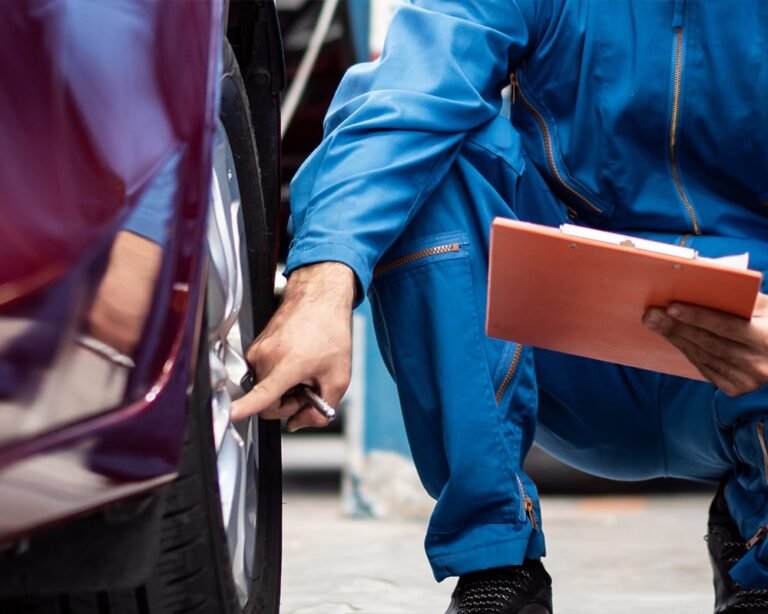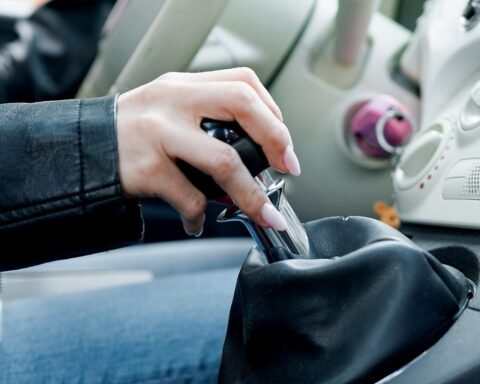Road safety is a shared responsibility between drivers, pedestrians, and authorities, but one of the most crucial aspects often overlooked is vehicle maintenance. A well-maintained car not only ensures a smooth driving experience but also significantly reduces the risk of accidents. From checking tire pressure to ensuring optimal brake performance, regular maintenance plays a vital role in keeping the roads safe for everyone.
The Link Between Vehicle Maintenance and Road Safety
Neglecting routine maintenance can lead to mechanical failures, which are among the leading causes of road accidents. Worn-out brakes, underinflated tires, engine malfunctions, or faulty lighting systems can create hazardous situations, putting both the driver and others on the road at risk. Proactively maintaining a vehicle minimizes the chances of unexpected breakdowns and ensures it operates at peak efficiency.
Key Maintenance Practices That Enhance Safety
Regular vehicle maintenance is essential for ensuring road safety, as it helps prevent mechanical failures that can lead to accidents. A well-functioning braking system is crucial for quick and effective stops, reducing the risk of collisions. Tires should be regularly inspected for proper inflation, tread depth, and alignment to maintain stability and traction, especially in wet or uneven conditions. Functional headlights, taillights, and indicators enhance visibility for both the driver and other road users, preventing nighttime or low-visibility accidents. Engine maintenance, including timely oil changes and fluid checks, ensures smooth performance and prevents sudden breakdowns that could leave a driver stranded in unsafe conditions. The suspension and steering systems also play a vital role in maintaining control and stability, preventing the vehicle from swaying or responding unpredictably on the road. By prioritizing these key maintenance practices, drivers not only extend the lifespan of their vehicles but also contribute to a safer and more secure driving environment for everyone.
Key Maintenance Practices are as follows:-
Brakes: The First Line of Defense
Brake failure is one of the most dangerous mechanical issues a driver can face. Regular inspections help detect worn-out brake pads, leaking brake fluid, or faulty rotors. Ensuring the braking system functions properly can make a critical difference in preventing collisions.
Tire Health and Pressure Monitoring
Tires are the only point of contact between a vehicle and the road. Uneven wear, low tread depth, or improper inflation can lead to poor traction, skidding, and blowouts. Checking tire pressure and alignment regularly can improve stability, fuel efficiency, and overall road grip.
Lighting System for Visibility
A malfunctioning headlight, taillight, or turn signal can compromise visibility at night or in adverse weather conditions. Ensuring that all lights are functioning correctly helps drivers see and be seen, reducing the risk of accidents, especially in low-light environments.
Engine and Fluid Maintenance
Regular oil changes, coolant checks, and timely engine servicing prevent overheating and engine failures. A well-maintained engine ensures the vehicle runs smoothly, avoiding sudden stalls or breakdowns that can cause traffic hazards.
Suspension and Steering System Checks
A responsive steering and suspension system ensures that the driver maintains full control of the vehicle. Any issues with alignment, shock absorbers, or power steering fluid should be addressed promptly to avoid difficulty in maneuvering and maintaining stability on the road.
The Cost of Neglecting Maintenance
Ignoring vehicle maintenance doesn’t just lead to expensive repairs—it can result in life-threatening situations. Brake failures, sudden tire bursts, or engine malfunctions can turn a routine drive into a catastrophic event. Investing in regular maintenance saves lives, protects other road users, and keeps repair costs manageable.
Drive Safe, Stay Secure: The Power of Preventive Maintenance
Prioritizing regular vehicle maintenance is not just about extending the lifespan of a car—it’s about ensuring road safety for all. A well-maintained vehicle is a responsible vehicle, and responsible driving starts with preventive care. By staying proactive with check-ups and repairs, drivers contribute to safer roads, fewer accidents, and a more reliable driving experience.







